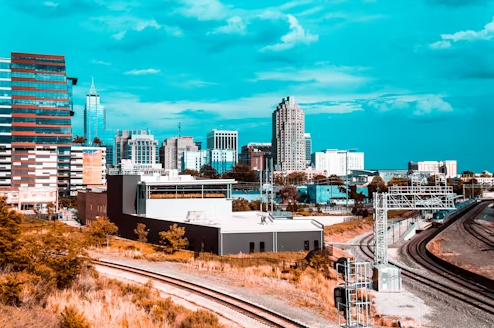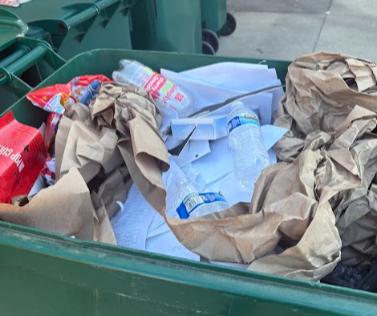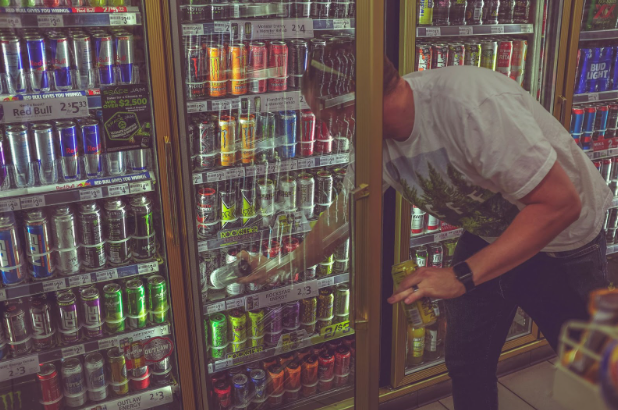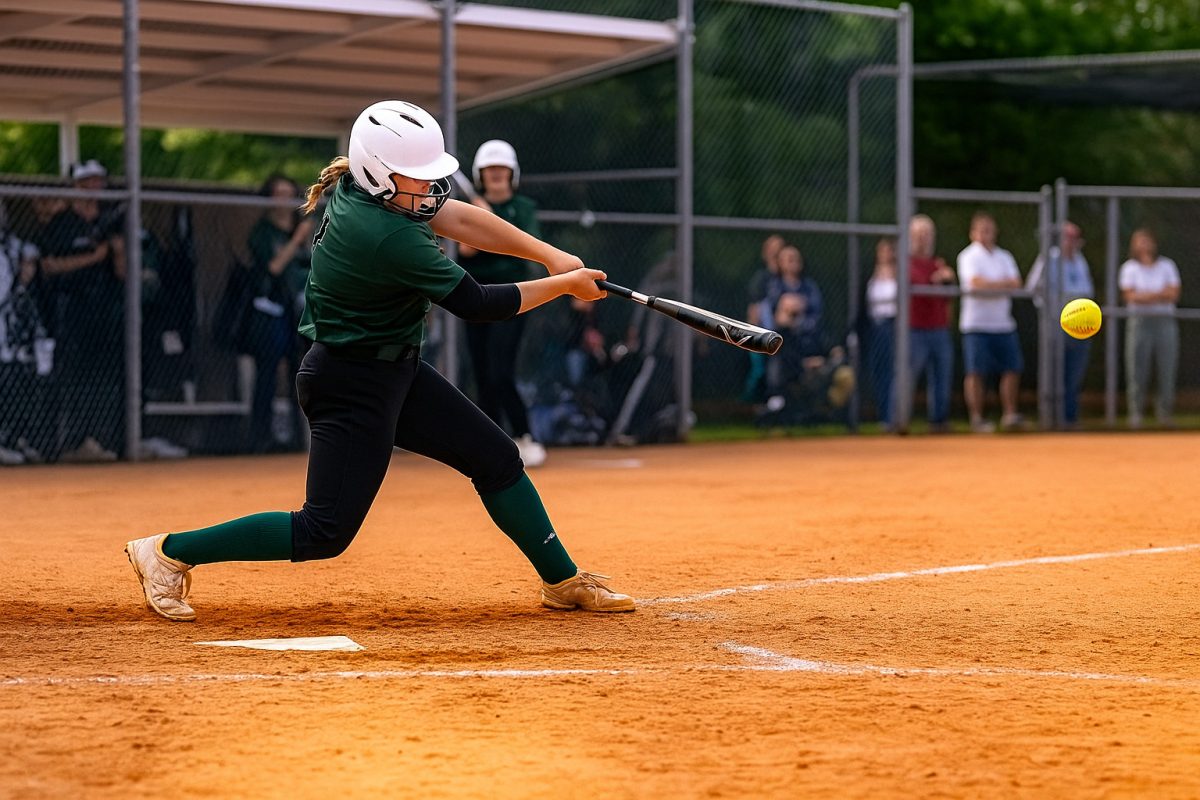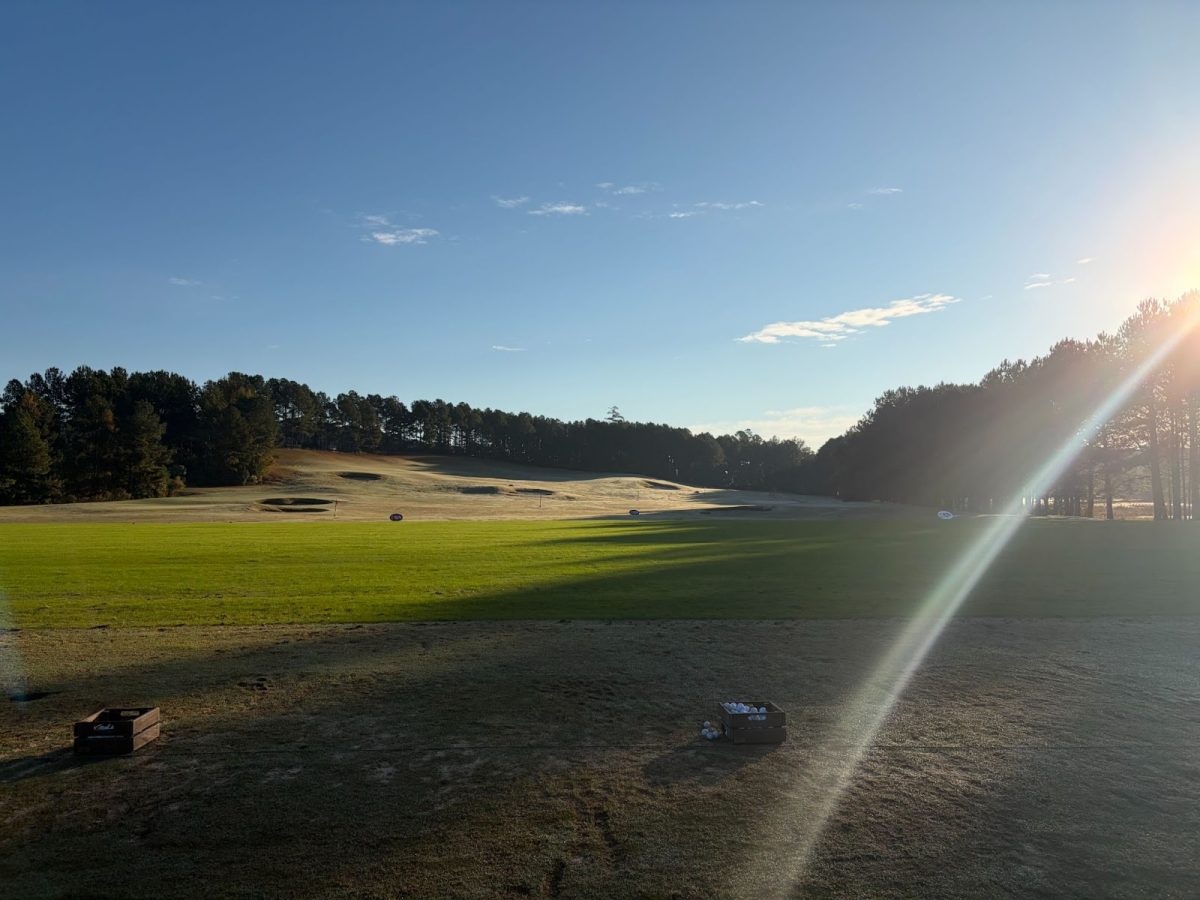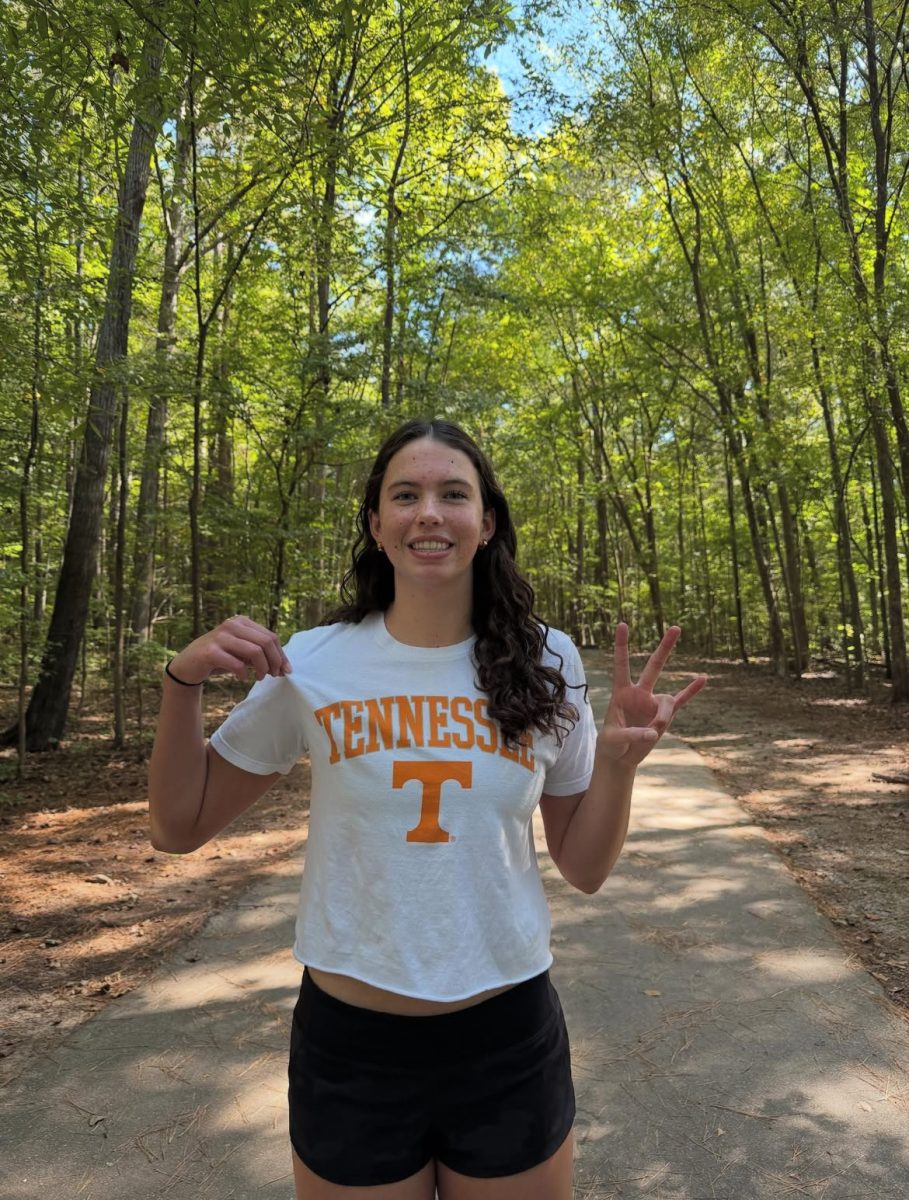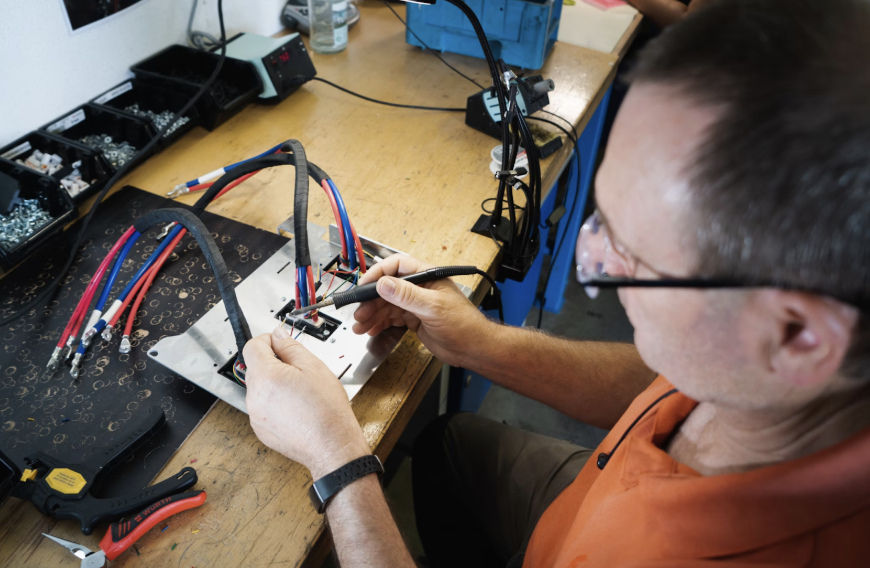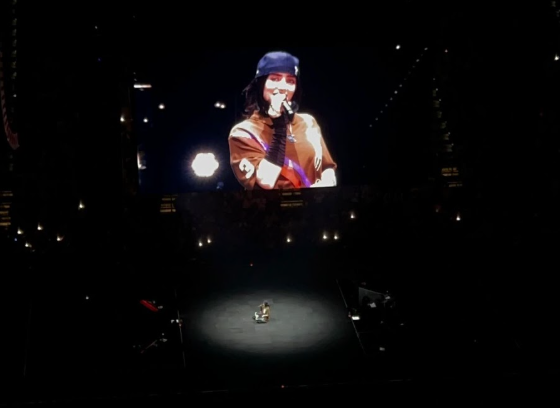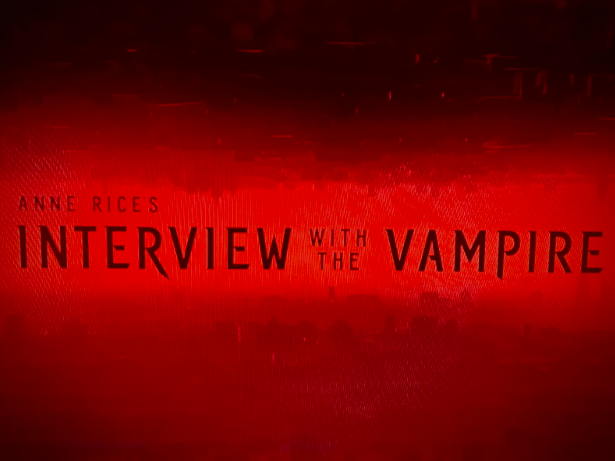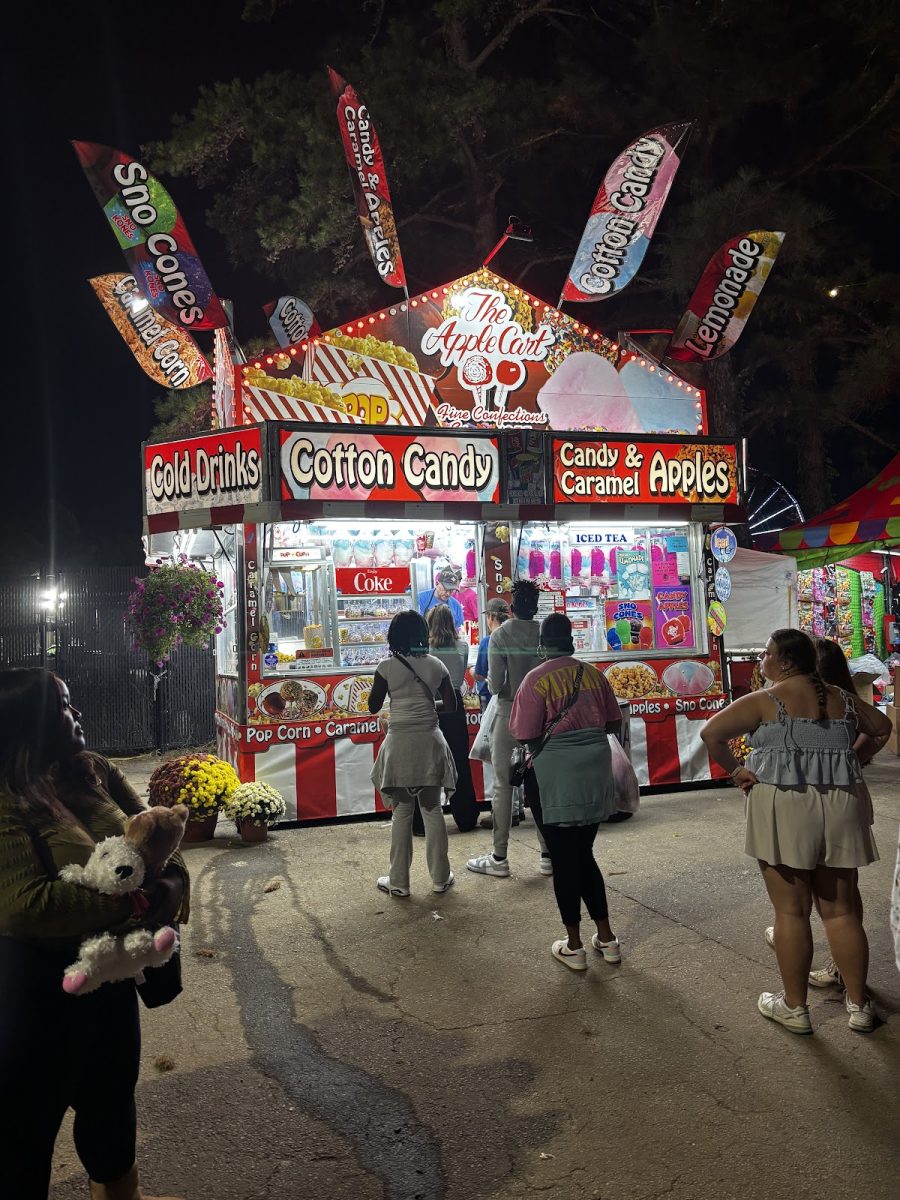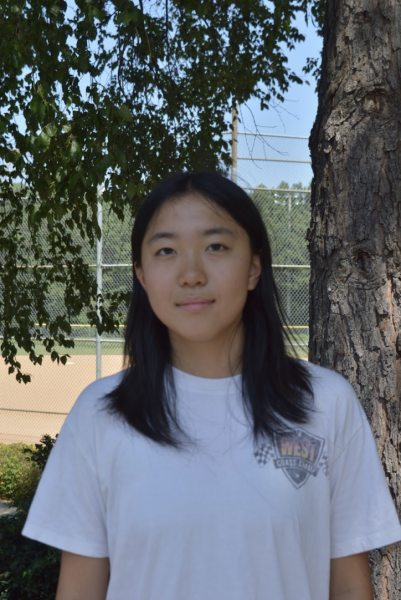The North Carolina Museum of Art opened in 1956 and was the first major museum collection to be funded and formed by state legislation. The institution features a 164-acre park and is the home to artwork that spans 5,000 years of history, including paintings from renowned Spanish artist and sculptor Pablo Picasso.
For Sofia Sande Fernandez (‘25), however, the museum is more than a place of display; it’s a safe space to work creatively. The Green Hope junior is president of the museum’s Teen Arts Council, a collaborative of high school students across the state who engage at the intersection of community-oriented service and creative engagement.
Sande Fernandez served on the council since her middle school years and reflected on the growth both she and the program have experienced under her leadership. “I’ve been on the Teen Arts Council for like, four or five years now, so it’s definitely changed a lot since I joined,” the Green Hope artist explained. “It used to be a lot of like, we plan a few events at the NCMA per year but now we plan a lot more events. And we got a lot more interaction. And we do artists workshops.”
The scope of the Teen Arts Council’s projects ranges from art therapy workshops to shipping supplies to under-resourced schools. “We have a mental health initiative this year, [and] we are sending we’re helping with the art kits at the NCMA which send out to underprivileged communities. And we also hold art therapy workshops now, which is cool.”
Members of the council, like Sande Fernandez, are also invited to some of the museum’s main events. “We volunteer at events [as] I got really, really lucky I was able to be a tour guide at the patron party for the museum, which is like this is gilded gala is all fancy,” she said.
Although canned goods drives and peer tutoring are common volunteering initiatives that teenagers engage in, the Teen Arts Council takes a different approach: emphasizing character building to shape future artists and patrons of the arts. Through the council, Sande Fernandez details the support that members offer one another, and the interpersonal skills council members gain from the experience.
“We’re here to help each other. The students and the community used to be like, it was like, okay, just students go on, they get so much like they give a lot to the community through volunteer work through like setting up events and stuff. But they also like [to] take a lot back, like they [also participate in] artists’ workshops,” Sande Fernandez reflected.
Even students who decide not to pursue a career in the arts can find benefits from the program that will impact them beyond college and into their careers. “[It’s] a beneficial program. And like it goes beyond like a good thing. For your college curriculum. The museum goes to underprivileged communities, like in the sense that they don’t have a lot of art classes or they don’t have a lot of artists or just for kids,” said Sande Fernandez. Through working with a diversity of figures in the arts scene, she explained that the Teen Arts Council fosters a sense of empathy and justice within members. “And they don’t just like do one workshop and leave. They figure out like in collaboration with those communities, asking them what they need. Like actually listening, not just like, savior complex going in. They figure out how to set up a, permanent art program with local artists.”
Teen Arts Council members aren’t the only one reaching a broad audience; the North Carolina Museum of Art itself is, too. The culture of support and service reverberates among the rest of the museum staff. “This is like a very like I would say that I feel like when you go to the CMA like talking with the staff there a lot of the mindset that they have is around like building community connecting with people through art. It’s not just like the preservation of art,” she said.
Sande Fernandez sees the council as addressing a critical need in the Triangle community. “They’ve really tried to work with the community. That’s why the Teen Arts Council was founded,” she said.
The art, Sande Fernandez believes, acts as a driver that catalyzes change within society, and by aiding students in developing their skills when they are young, future changemakers can recognize their full potential. “It’s so important to raise generations to appreciate our use art as a tool to talk about social issues like what’s going on with their lives.”





